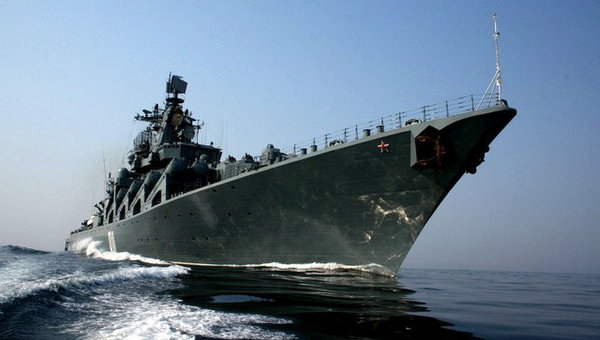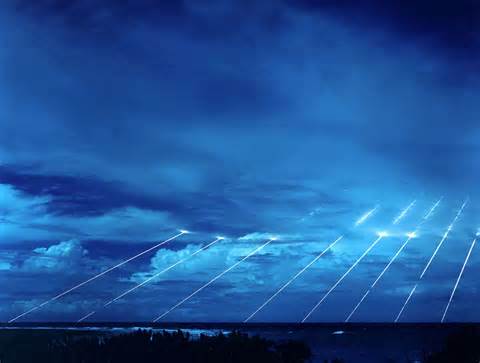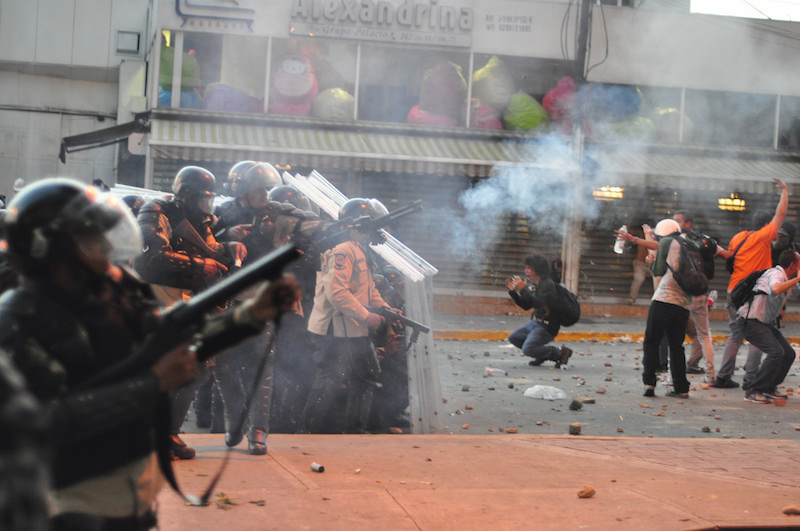When Russia is mentioned today, people tend to focus on a few things: Ukraine, LGBT rights, and the Arctic. But there is so much more to Russia. The nation is vast, stretching from a border with the European Union in the west, the Arctic Ocean in the north, the steppe of Central Asia to the south and the Pacific Ocean in the east; so understandably, their interests are as far reaching as their territories.

As a nation, Russia has the right to protect its own borders, and to defend its citizens. While the Northern Fleet is a significant part of the Navy, and is situated in the Arctic, this is reflective of the economic and strategic significance of the region. In particular, through the Arctic, Russia gets unimpeded access to the North Atlantic. However, Russia also has direct access to the Pacific Ocean in its Eastern Regions, something often overlooked. The Eastern Military District, and specifically the Pacific Fleet has been and continues to be a significant part of Russian defence policy. An important part of the Pacific Fleet’s mandate is the implementation of foreign policy of the Russian government in the economically important regions of the Pacific Ocean, through training exercises, business calls to neighbouring nations, and joint maneuvers.
As the head of state of a G20 nation, Russian President Vladimir Putin was in attendance at the meeting held in Brisbane, Australia. Accompanying Putin to the region was a contingent of the Russian Pacific Fleet, which departed from the Russian city of Vladivostok on October 23, 2014. It was headed by the fleet’s flagship, the Varyag, which is a missile cruiser, accompanied by the Marshal Shaposhnikov, a destroyer, and two support ships, the Boris Butoma and the Fotiy Krylov. These ships stayed in international waters, making their movement entirely within the law.
This is not the first time Russian vessels have been sent to international waters near high-level meetings taking place in the Asia-Pacific region. Some examples include visiting waters near Singapore in 2009 for the APEC Summit, and during former President Dmitri Medvedev’s visit to San Francisco in 2010.
Russia has been seen flexing its military muscles in recent months, with its increased air activity near NATO air space, and the recent Vostok 2014 exercise held in the Far Eastern Military District this past September. However, Russia has not been the only one to do this. NATO has conducted numerous military exercises within its member states, most recently in Estonia. So long as these exercises do not infringe upon the territorial integrity of uninvolved nations, that is their prerogative. NATO’s exercises may not be something Russia is particularly happy with, but there is not much they can do about it. Similarly, there is not much NATO can directly do about perceived or real Russian exercises or involvement in non-NATO countries.
While some may consider the deployment of Russian vessels to the region to be aggressive, but the Australian Foreign Minister Julie Bishop has downplayed the issue. Bishop stated that not all the vessels are warships, and Russia is simply exercising its legal right to traverse international waters. Australian Prime Minister Tony Abbot, who threatened to shirtfront Putin at the G20 meeting, also expressed little worry, saying it was not unusual for naval vessels to be deployed if major events were happening. Abbot also pointed out that it takes weeks or months to deploy naval vessels, which suggests that the movement was preplanned and “not unusual.” Government officials, including Australian Defence Force Chief Air Chief Marshal Mark Binksin, have remarked that the Russian Navy is doing what other navies do.

In a discussion of violations or near violations of other nations’ territory, it would be remiss to not provide other, non-Russian examples. For example, the Finnish Ministry of Defence has published a list, citing all incursions into its air space since 2005. While Russia is on this list, it is important to note that there have been a number of American and Swedish incursions into Finnish airspace, much of which have been military aircraft. Additionally, on August 7, 2014, it was reported that a foreign submarine, presumed to be American, had entered Russian territorial waters in the Barents Sea. The Russian military was in contact with the foreign submarine for 27 minutes before it left Russian waters.
There have also been reports that Russian aircraft intercepted an American RC-135 Rivet Joint during an electronic eavesdropping mission on July 18, 2014. To evade the Russians in the fastest possible manner, American aircraft entered Swedish airspace without first obtaining permission from Stockholm. More recently, on November 16, 2014, Swedish media reported that Russian aircraft had violated national airspace this past weekend. However, the Swedish Armed Forces later said that it was a French plane, not a Russian one, which violated the nation’s airspace.
It is important to remember that Russia is not the only nation in recent years to have invaded another nation. The 2003 invasion of Iraq by the US came about as the result of very different circumstances, but it is still considered under the mandate of the United Nations to be illegal. If American naval vessels were to be in international waters near Australia or any other high level meeting in any other country, there would be less media attention, simply because it is America. It seems that because the international community has accused Russia of being illegally involved in Ukraine, this rather predictable action taken by the Russian Navy has been deemed aggressive.
We recently remembered the 25th anniversary of a monumental event, the fall of the Berlin Wall. While some people in positions of power are the product of the Cold War mindset, they would do well to remember that the Cold War has in fact ended. An improvement in relations between Russia and the West cannot move forward until both sides remember this and act upon it. Until that time, and even once that has happened, Russia will continue to exercise its right as a Pacific nation, to maintain a naval presence in the region, and legally move about international waters. America will do the same. Why can’t Russia?




